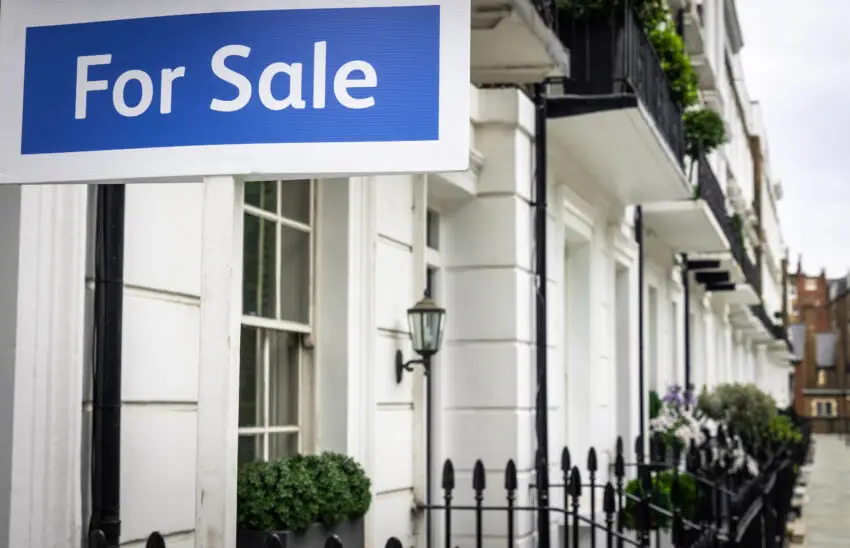The UK housing market experienced a modest rise in June, providing a glimmer of hope for homeowners.
Nationwide reports a 0.2% increase in house prices compared to May, but high mortgage rates continue to impact buyer demand.
Nationwide’s Latest Figures
Nationwide has revealed that the average price of a home in Britain rose by 0.2% in June compared to May. This has brought house prices to 1.5% higher than they were at the same time last year, though they remain about 3% below the peak recorded in the summer of 2022.
The typical home now costs £266,064, the highest price since October 2022. This follows the mini-budget by Liz Truss and Kwasi Kwarteng, noted Robert Gardner, Nationwide’s chief economist.
Market Activity and Transaction Volumes
“Housing market activity has been broadly flat over the last year,” said Gardner.
Transaction volumes have declined more significantly than prices. While sales are comparable to last year, they are down 15% from 2019.
Transactions involving a mortgage are down nearly 25%, reflecting the impact of higher borrowing costs. However, cash transactions have increased by 5% compared to pre-pandemic levels.
Housing Shortage and Impact on Prices
Industry experts believe a shortage of homes for sale has helped support prices.
Many people are delaying moving plans in hopes of improved affordability, leading to fewer forced sales.
Banks have been more accommodating, stress-testing has improved, and pandemic savings have prevented many forced sales.
Mortgage Rates and Future Predictions
Mortgage rates remain high, contrary to previous expectations of a decrease over the summer. This has caused demand to falter, according to Andrew Wishart, senior UK economist at Capital Economics.
Wishart initially predicted a 3% rise in house prices for 2024, but he now expects a modest increase of 0.5%.
Gardner noted that housing affordability is still stretched. A typical first-time buyer with a 20% deposit would have mortgage payments equivalent to 37% of their take-home pay, well above the long-run average of 30%.
Regional Price Trends
Nationwide’s data reveals a continuing north-south divide in the UK housing market.
Prices have generally risen in northern regions over the past year, while they have fallen in most areas south of Birmingham.
The fastest price increases were seen in northwest England and Northern Ireland, with a 4.1% rise over the past 12 months. In contrast, house prices fell by 1.7% in the southwest of England and by 1.3% in East Anglia.
London was an exception in the south, with prices in the capital rising by 1.6% compared to last June.
Predictions for the Coming Months
With mortgage rates causing demand to falter and supply improving, house prices are expected to flatline over the coming months, according to analysts.
There are signs of more homes coming onto the market, but affordability remains a concern.
The UK housing market is showing resilience with a slight rise in prices despite high mortgage rates.
However, affordability challenges and high borrowing costs are likely to keep the market subdued in the near future.


